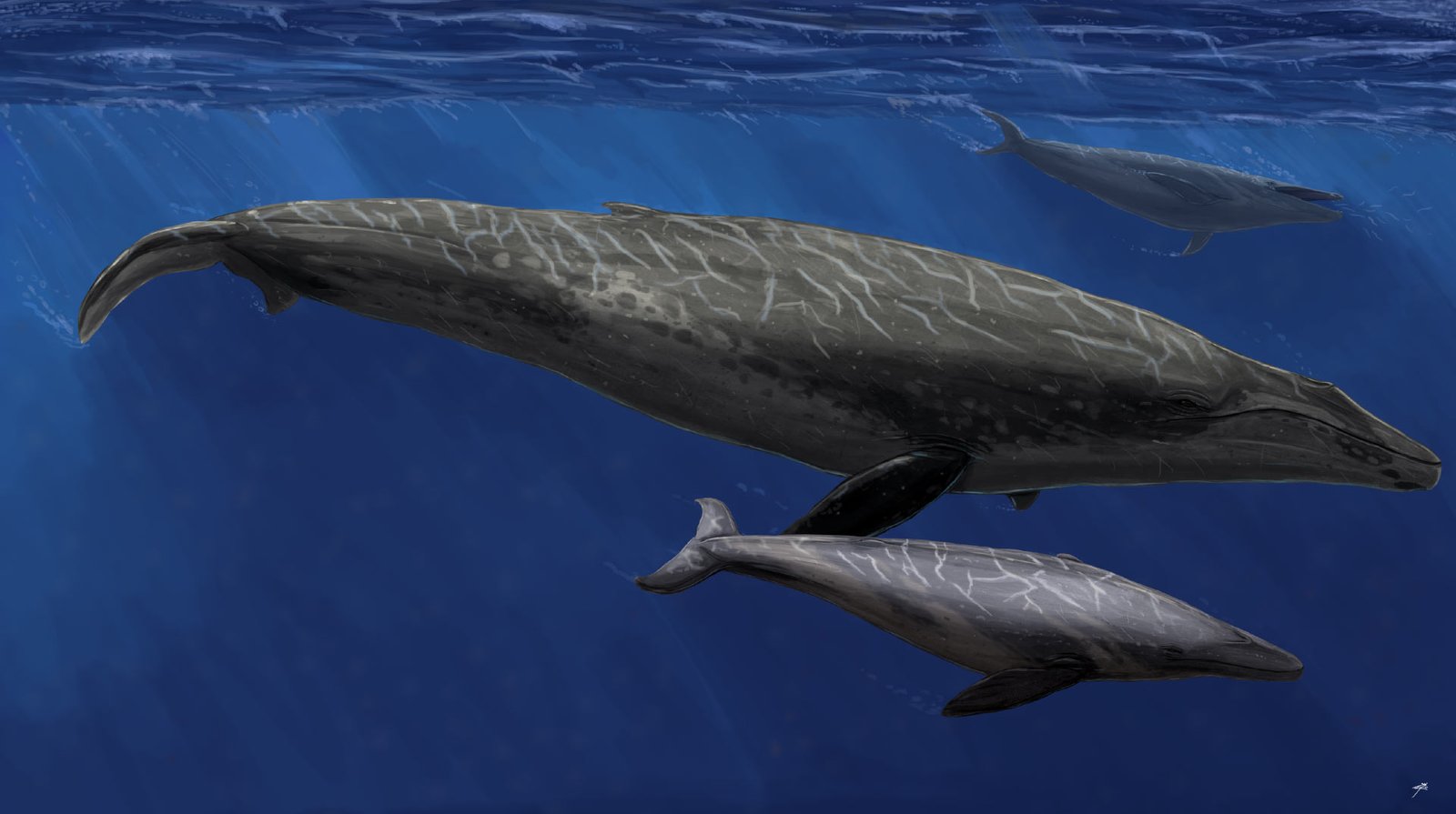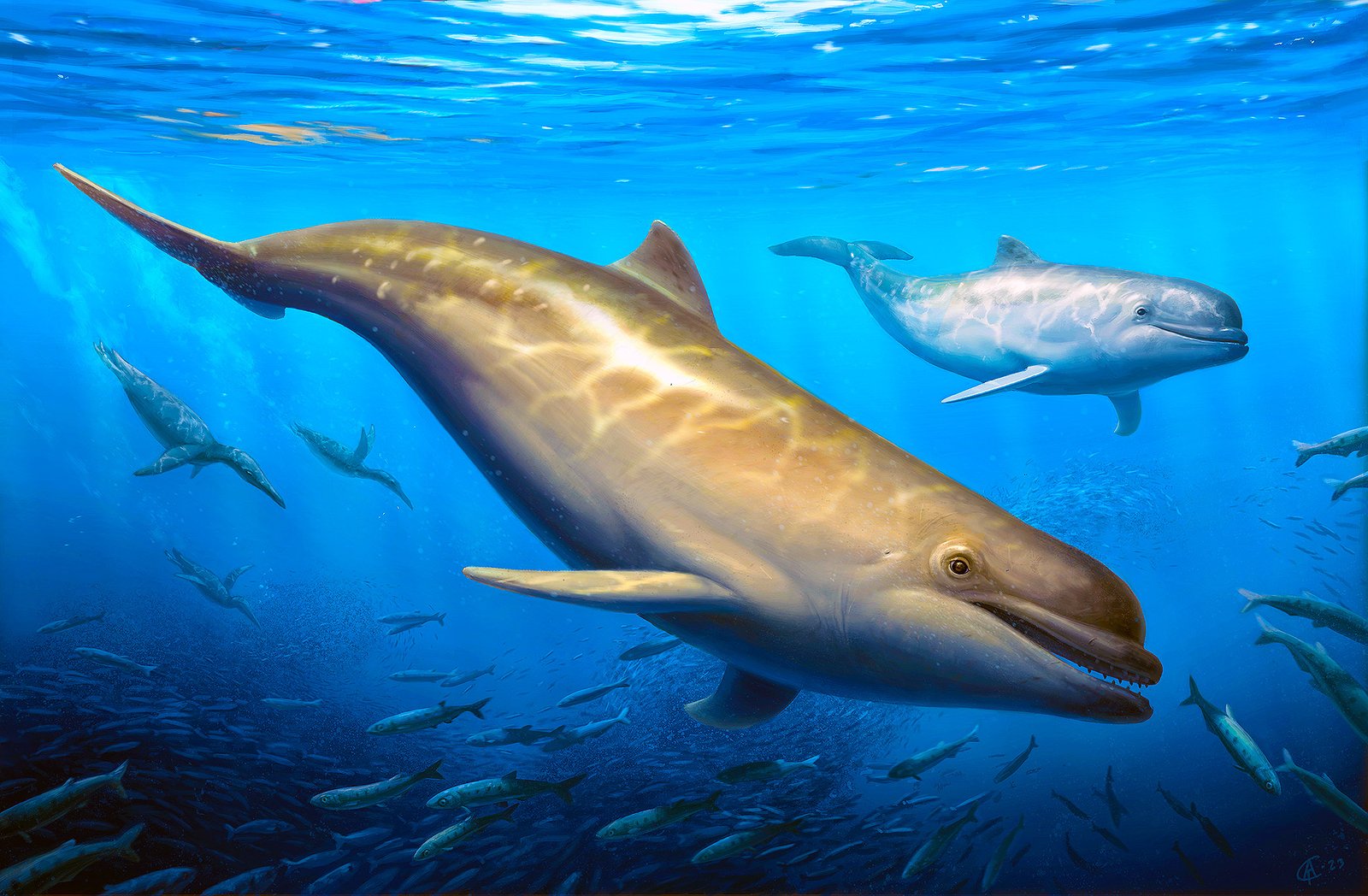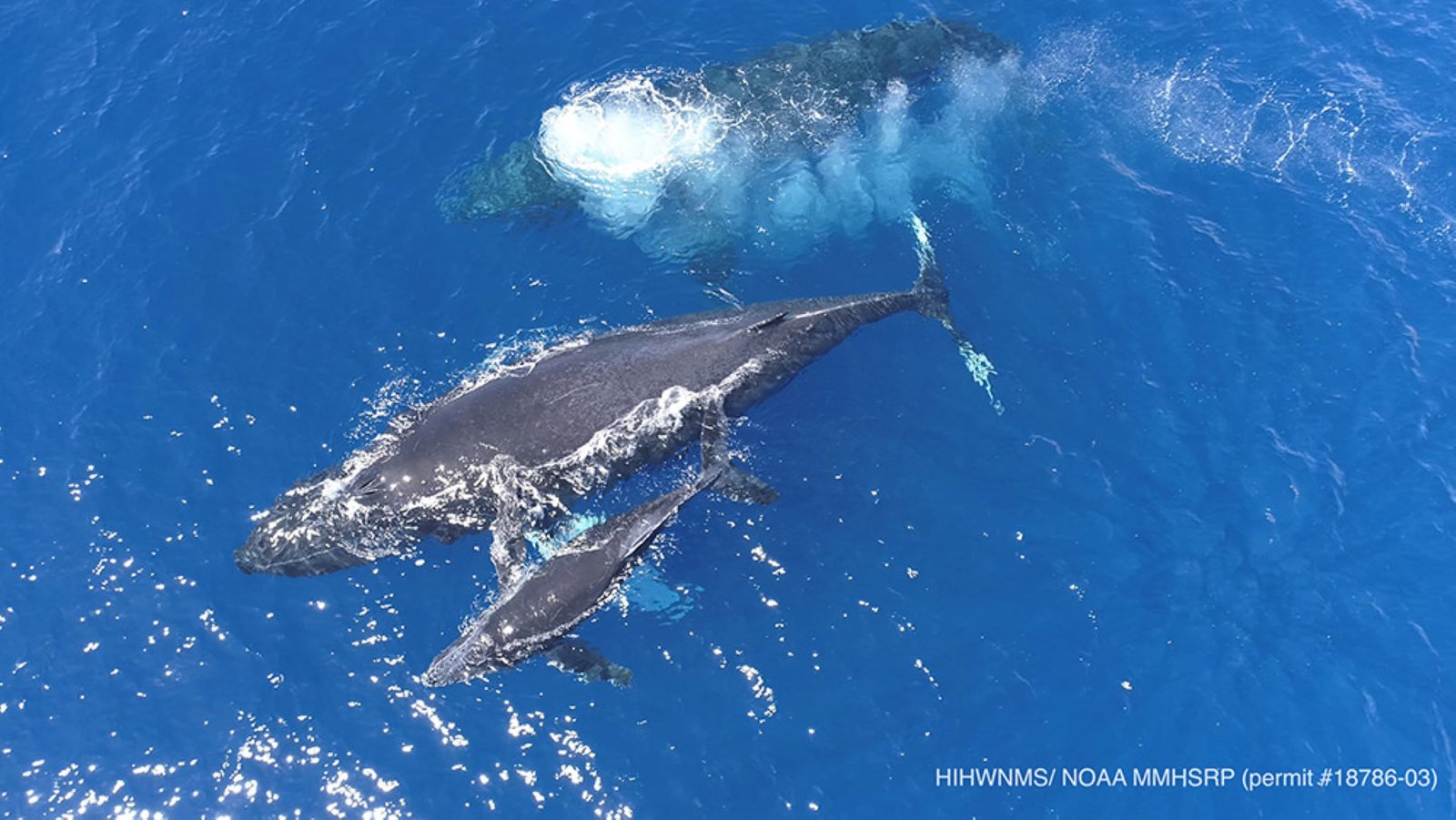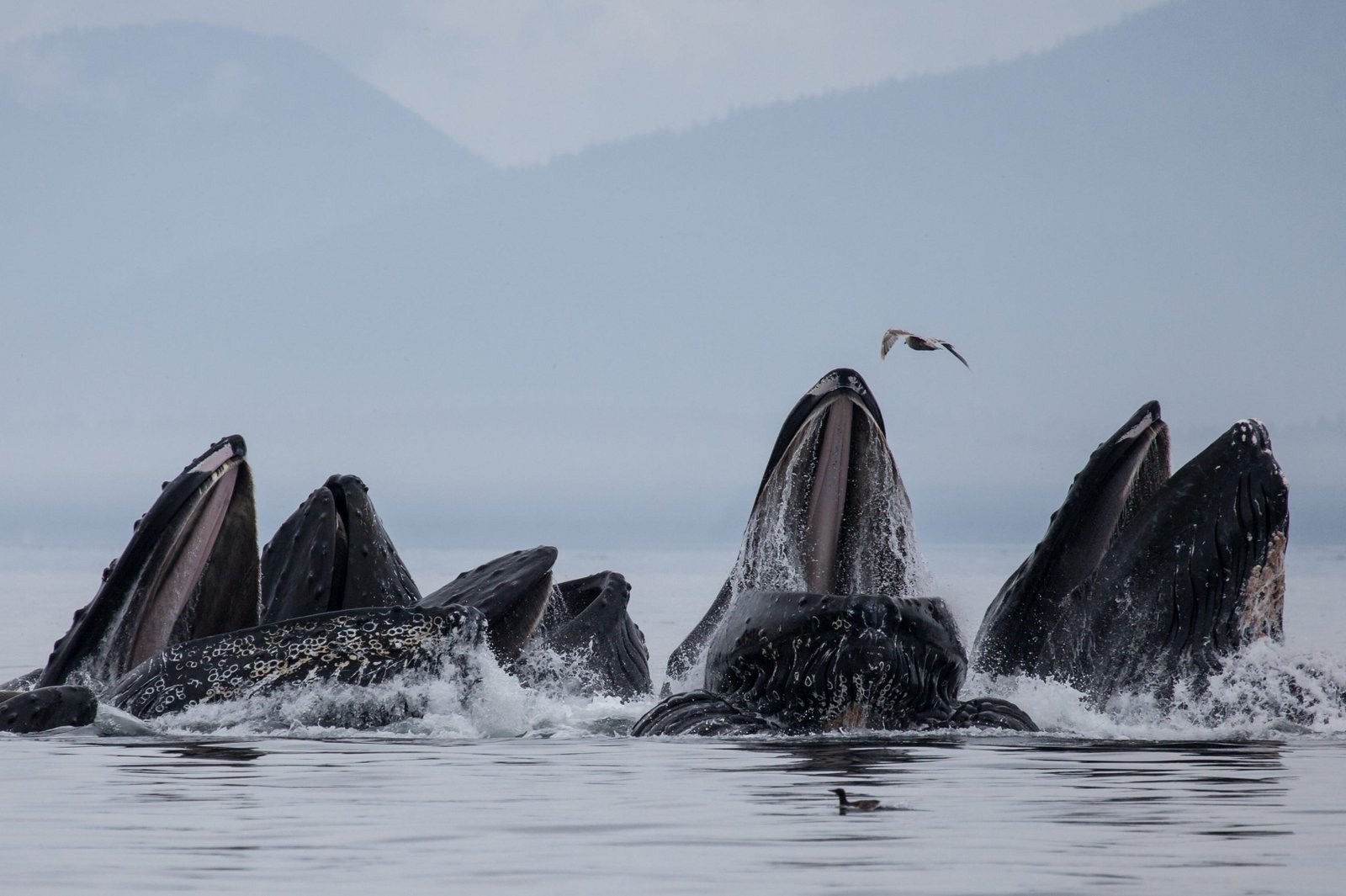Whale is some of the most remarkable creatures in the ocean. They are not just giants of the sea; they play a crucial role in the marine ecosystem. These majestic animals help maintain the health of the ocean by contributing to the marine food web and influencing nutrient distribution.
Whales are divided into two main groups: baleen whales and toothed whales. Each group has distinct characteristics and adaptations that make them unique. Understanding these differences is key to appreciating their role in our oceans.
Types of Whales
Baleen Whale
Baleen whales are known for their filter-feeding system. They possess baleen plates, which are comb-like structures in their mouths that help them filter small prey from the water. Some well-known baleen whales include the blue whale, the largest animal on Earth, and the humpback whale, famous for its acrobatic breaches and haunting songs.

Key Characteristics of Baleen Whale:
- Size: Generally larger than toothed whales.
- Feeding: Filter feeders, consuming krill and small fish.
- Examples: Blue whale, Humpback whale, Fin whale.
Toothed Whale
In contrast, toothed whales have teeth and are active predators. They hunt larger prey such as fish, squid, and even other marine mammals. The orca, also known as the killer whale, and the sperm whale are prominent examples of toothed whales.

Key Characteristics of Toothed Whales:
- Size: Varies from small dolphins to large sperm whales.
- Feeding: Predatory, feeding on fish and squid.
- Examples: Orca, Sperm whale, Bottlenose dolphin.
Whale Behavior and Communication
Whales are not just enormous; they are also incredibly social and communicative. They live in complex social structures and use a variety of methods to communicate.
Social Structures: Whales often live in groups called pods. These pods can vary in size and structure, with some species forming tight-knit family groups.
Communication Methods:
- Vocalizations: Whales use a range of sounds, including clicks, whistles, and songs. For instance, humpback whales are known for their elaborate songs that can travel long distances underwater.
- Echolocation: Toothed whales use echolocation to navigate and hunt, emitting sound waves that bounce off objects and return, helping them locate prey.
Feeding Habits:
- Baleen Whales: Employ filter feeding by gulping large amounts of water and then pushing it out through their baleen plates.
- Toothed Whales: Actively hunt using their teeth and echolocation.
Whale Migration Patterns
Whales are known for their long-distance migrations. These journeys are often driven by the need to find food or suitable breeding grounds.
Migration Routes:
- Arctic to Antarctic: Some whales travel from polar feeding grounds to tropical breeding areas.
- Humpback Whale Migration: These whales migrate between feeding grounds in polar waters and breeding grounds in tropical seas.
Factors Influencing Migration:
- Climate Change: Alters water temperatures and food availability.
- Breeding Cycles: Whales migrate to warmer waters to give birth and care for their young.
Tracking and Studying Migration: Researchers use satellite tags and other technologies to track whale movements and gather data on their migration patterns.
Conservation of Whales
Despite their vast size and power, whales face significant threats. Conservation efforts are critical to ensuring their survival.

Threats to Whale Populations:
- Climate Change: Affects their habitat and food sources.
- Pollution: Pollutants can harm whales through ingestion and entanglement.
- Hunting: Although banned in many countries, illegal hunting still occurs.
Conservation Efforts:
- International Agreements: Organizations like the International Whaling Commission work to protect whale species.
- Local Initiatives: Marine protected areas and research programs help safeguard whale populations.
How You Can Help:
- Support Conservation Organizations: Donate or get involved with groups working to protect whales.
- Participate in Whale Watching: Choose responsible tours that prioritize whale welfare.
Whale Watching
Whale watching offers a unique opportunity to observe these magnificent creatures in their natural habitat.
Top Whale Watching Locations:
- Alaska: Known for its diverse whale species, including humpback and orca.
- Azores: A hotspot for observing sperm whales and blue whales.
Best Practices for Whale Watching:
- Respect Distance: Maintain a safe distance to avoid disturbing the whales.
- Follow Guidelines: Adhere to rules set by tour operators to ensure minimal impact on whales.
What to Expect During a Whale Watching Tour:
- Sightings: Depending on the location, you might see breaches, tail slaps, or even pods traveling together.

Unique Characteristics of Whales
Whales are not only fascinating because of their size but also because of their unique attributes.
Size and Lifespan:
- Record Sizes: The blue whale can reach lengths of over 100 feet and weigh as much as 200 tons.
- Lifespan: Whales can live up to 90 years or more, depending on the species.
Anatomical Features:
- Baleen Plates: Found in baleen whales for filter feeding.
- Echolocation: Used by toothed whales for navigation and hunting.
Behavioral Traits:
- Breaching: Whales often leap out of the water, which may help with communication or removing parasites.
- Tail Slapping: A common behavior used to signal other whales or express aggression.
Fascinating Facts About Whales
Here are some intriguing facts that highlight the awe-inspiring nature of whales.
Record-Breaking Whales:
- Largest Animal: The blue whale holds the record for the largest animal ever known to exist.
- Deepest Diver: The sperm whale can dive to depths of over 3,000 feet.
Cultural Significance:
- In Mythology and Art: Whales feature prominently in various cultures and artworks.
- Historical Importance: Whales have been significant in human history, from whaling practices to modern conservation.
Recent Discoveries:
- New Species: Scientists continue to discover new whale species and subspecies.
- Behavioral Studies: Ongoing research uncovers new aspects of whale behavior and communication.
This guide provides a comprehensive overview of whales, offering insights into their types, behavior, migration, conservation, and unique characteristics. Whether you’re a whale enthusiast or a casual reader, this information will deepen your understanding and appreciation of these incredible marine mammals.

Conclusion
Whales are fascinating and vital to our oceans. From understanding their types and behaviors to learning about their migration and conservation, we’ve covered it all. Help protect these giants by supporting conservation efforts and spreading the word. Feel free to leave a comment, share this article, or explore more on our website for further insights. Thank you for diving into the world of whales with us!
FAQs about Whale
What are the main types of whales?
Whales are generally classified into two main groups: baleen whales and toothed whales. Baleen whales, such as the blue whale and the humpback whale, use baleen plates to filter small organisms from the water. Toothed whales, like the orca and the sperm whale, have teeth and hunt larger prey. Each group has distinct characteristics that suit their feeding and social behaviors.
How do whales communicate?
Whales use a range of vocalizations to communicate. Baleen whales are known for their complex songs, particularly the humpback whale, whose songs can travel long distances underwater. Toothed whales use echolocation, emitting clicks and whistles to navigate and locate prey. These sounds play a crucial role in their social interactions and hunting strategies.
Why do whales migrate?
Whales migrate primarily for breeding and feeding. Many species, like the humpback whale, travel from cold feeding grounds to warmer breeding areas to give birth and care for their young. Migration patterns can be influenced by changes in food availability, climate conditions, and the need for optimal breeding conditions.
What threats do whales face?
Whales face several threats including climate change, which affects their food sources and habitats. Pollution and plastic waste can cause harm through ingestion and entanglement. Additionally, illegal hunting continues to threaten some whale populations despite international protections. Conservation efforts are crucial to address these challenges.
How can individuals help whale conservation?
Individuals can support whale conservation by participating in responsible whale watching tours, which adhere to guidelines to minimize impact. Supporting organizations dedicated to whale conservation, reducing plastic use, and advocating for policies that protect marine environments are also effective ways to help. Awareness and education play key roles in conservation efforts.